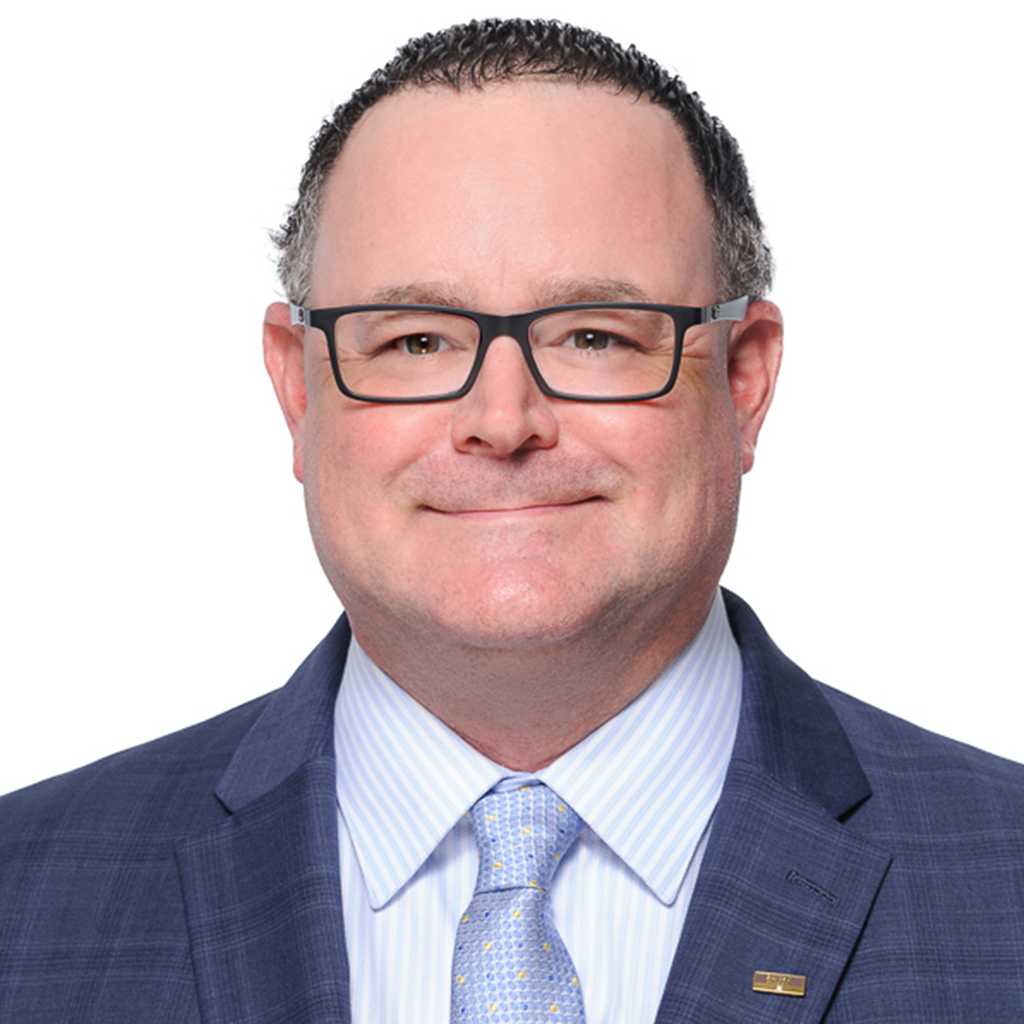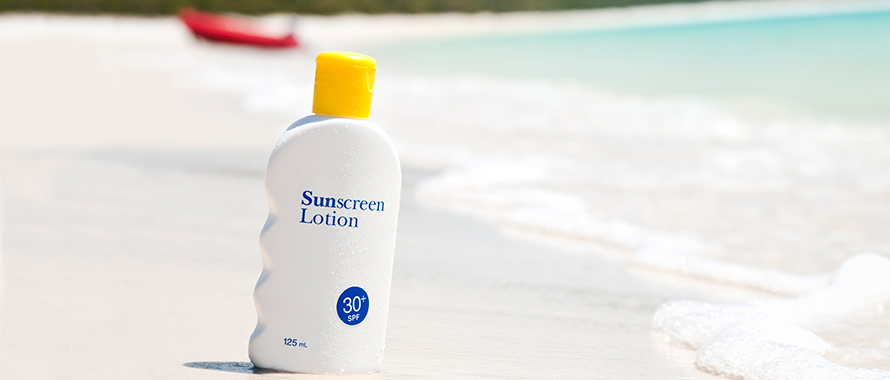A variety of Neutrogena and Aveeno sunscreen sprays are being recalled by Johnson & Johnson after trace amounts of benzene, a known carcinogen, were found in samples of the products. The voluntary recall announced July 14 affects five sunscreens that were distributed nationwide and packaged in aerosol cans. The company and the FDA are now investigating how the chemical might have gotten into the sunscreen, as it is not an ingredient used in their production.
The U.S. Department of Health and Human Services has determined that benzene causes cancer in humans, with long-term exposure linked to leukemia, according to the Centers for Disease Control and Prevention. Johnson & Johnson noted that the benzene levels detected in its products “would not be expected to cause adverse health consequences” but that all lots were being recalled “out of an abundance of caution.” Still, a future class-action lawsuit would not be surprising, said Chris Siegel, Managing Director, Burns & Wilcox, Orlando, Florida.
“We are talking about sunscreen that is applied liberally to children,” he said. “Anytime we have something like this and especially when it comes to a potentially long-term illness like cancer, there is the emotional pull and the economical side of it. The medical payments associated with cancer treatment are very high. If it gets in front of a jury, it is usually a massive award.”
Companies generally need both Product Recall Insurance and Products Liability Insurance to help cover the expense of responding to and recovering from this type of finding.
“The costs could be astronomical, especially if there is a large third-party lawsuit,” said Derek Kilmer, Manager, Professional Liability, Burns & Wilcox, Detroit/Farmington Hills, Michigan. “It could be in the millions of dollars or more.”
Loss of income, crisis management among recall expenses
Recalls are common in the U.S. and Canada. Among food recalls alone, the USDA and FDA announced a combined 337 recalls in 2019, and the Canadian Food Inspection Agency typically oversees more than 120 food recalls each year.1,2 Product Recall Insurance typically includes covered expenses such as retrieving and disposing of affected products, removing contaminants from the manufacturing process, notification of customers, and loss of business income associated with the recall. Crisis management is another key component of the policy and can help with communications, marketing and brand rehabilitation.
“From the first step of pulling the product off the shelves to advising from a marketing standpoint on how to rebound as a company, those can all be very expensive,” Kilmer said. “A Product Recall Insurance policy is able to include all of that.”
If millions of units of the product have already been delivered to stores nationwide, the cost to simply ship them back could be enormous, said Steve Bartell, Senior Broker, Casualty, Burns & Wilcox Brokerage, Chicago, Illinois. “Even if it costs just $3 each to ship those back, you can see how the company could spend $1 million-plus just in postage,” he said. “A Product Recall Insurance policy can also offer replacement costs for the company to remanufacture those products, which is another big benefit.”

From the first step of pulling the product off the shelves to advising from a marketing standpoint on how to rebound as a company, those can all be very expensive. A Product Recall Insurance policy is able to include all of that.
Product Recall Insurance aims to “make the company whole” after the direct costs they face in a recall, Kilmer said, whereas Products Liability Insurance can respond to lawsuits alleging death, bodily harm or property damage due to an issue with a product, he explained.
Image restoration can be costly, Siegel noted, particularly for a brand like Johnson & Johnson that has faced other major product issues in recent years. On July 19, Reuters reported that Johnson & Johnson was considering a plan to offload its baby powder-related liabilities through bankruptcy.3 The company in March set aside almost $4 billion for talc-related verdicts and settlements, and in June agreed to pay $263 million to settle claims over its alleged role in the opioid epidemic in New York.4,5
“Part of Johnson & Johnson’s issue is that they have grown so big and acquired so many of their competitors that they now have their hands in everything,” Siegel said. Having multiple high-profile recalls can be a “substantial” brand rehabilitation challenge for a company. “They will have to do some public relations work, and they will likely rely on risk transfer and the insurance to help with the product recall expense.”

[The sunscreen] is a product that is mass-distributed, so it is in class-action territory. There is potential for long-term exposure, and there is also a long-term unknown of whether those who were exposed will get sick because of it.
In some cases, repeated use of the same product by multiple users may be considered under a single claim for insurance purposes, Siegel pointed out. Some companies will negotiate with regulatory bodies to set up a fund for damages with an agreed-upon amount to cover all future claimants.
“This is a product that is mass-distributed, so it is in class-action territory,” Siegel said. “There is potential for long-term exposure, and there is also a long-term unknown of whether those who were exposed will get sick because of it. If they do, even years from now, it could potentially be tied back to the exposure.”
The amount of insurance a company needs will vary based on their individual circumstances, Bartell said, and in some cases, it will be necessary to use layers of insurance to reach their desired limits. “It could take multiple carriers to get up to a $50 million limit, for example,” he said. “It is ultimately about protecting your balance sheet.”
Faulty products can have deadly consequences, widespread liability
In North Carolina on July 10, a 7-year-old child died in an elevator accident at a beach rental home in the Outer Banks after being caught between the moving elevator’s inner and outer door.6 The devastating incident occurred just three days after federal regulators had pressed another elevator manufacturer to fix a similar problem, according to the Washington Post. It was also reported that the elevator industry has been aware of the hazard “for decades” and knew of a $100 insert that could stop the gap that can cause this type of accident.
Consumers, unfortunately, were likely unaware of the risk, Siegel said. “You are talking about the smallest percentage of a population that has an elevator in their house, so it may not be something the news talks about until this happens,” he said.
Though a simple fix may have been suggested, “It does not sound like federal regulators did anything besides press manufacturers,” Kilmer added, pointing out that Product Recall Insurance is sometimes only triggered when regulators issue a mandatory recall. “There is a difference between an action and a recommendation.”
While a manufacturer’s Products Liability Insurance can help pay for legal defense, indemnity payments and other expenses related to a product lawsuit, other entities can also face liability over faulty products. In the elevator tragedy, for example, the rental property owner’s Commercial General Liability (CGL) Insurance or Homeowners Insurance could also be involved, along with the property manager’s Professional Liability Insurance or Professional Errors & Omissions Insurance, Siegel explained.

When there is a death or long-term medical cost, a verdict can easily reach seven figures, if not more.
“If this is a secondary home, there could even be a case where a notice does not get to the correct address or is not noticed by a property manager,” he said. The insurance carriers for some of these policies could attempt to subrogate claims back to the elevator manufacturer, arguing that it did not take measures to notify customers of the potential safety issue. “There is likely going to be a level of culpability all around. All of these policies could pay.”
In May, exercise equipment brand Peloton recalled its Tread and Tread+ treadmills after reports of a child’s death and dozens of injuries associated with the machines.7 At least one lawsuit was recently filed against Peloton over the issue, with two parents in Brooklyn claiming that their 3-year-old was dragged underneath the treadmill and suffered third-degree burns and emotional trauma.8
Anytime there is the potential for serious consumer harm from a product, Products Liability Insurance is critical. “When there is a death or long-term medical cost, a verdict can easily reach seven figures, if not more,” Bartell pointed out, adding that jury awards can be even higher when multiple consumers are affected.
Business owners should remember that although a Products Liability Insurance policy could include a small amount of coverage for recalling a product, a separate Product Recall Insurance policy is crucial for most companies. “You really need that policy in order to be able to have the necessary and appropriate limits related to a recall, including notification and many other expenses,” Siegel said. “Smaller manufacturers may think $25,000 of product recall coverage is enough, but usually it is not. I have seen a product recall actually put an insured out of business because they did not have the coverage.”
Kilmer agreed, explaining that this minimal coverage for product withdrawal will not extend to first-party losses such as reputation damage and lost income. “It is not going to cover all of the recall scenarios that you could see,” he said.
Quality control standards essential as companies aim to avoid recalls, product liability
In 2015, a $4 million settlement was reached in a class-action lawsuit filed by customers against XL Foods over the largest meat recall to ever hit Canada.9 The recall took place in 2012 after an E. coli outbreak at the company’s meat-packing plant in southern Alberta. Claims scenarios like this usually help business owners understand the financial risk of a recall and the need for both Product Recall Insurance and Products Liability Insurance.
“When you see large losses like the kind we are trying to protect against, they are going to be happy they have the insurance,” Kilmer said. “When they see the amount of coverage compared to the premium, and where the gaps in coverage can be, I think more buyers understand that. Human errors just happen. You never know when a contaminant could get into a product, and that is typically any manufacturer’s worst nightmare. That is what we are trying to avoid: large losses and out-of-pocket costs.”
With the impact of social inflation and nuclear verdicts, the total costs companies face in a lawsuit are only rising, Bartell added.10 “As millennials have become a more prominent part of the workforce and are serving on juries, they have tended to sway their opinions toward the consumer and that these large corporations should have some sort of social responsibility for ensuring their product is not drastically impacting someone’s health at the end of the day,” he said. “From the insurance perspective, this has caused decreased capacity and you may have to get three or four insurance carriers involved, increasing the cost.”
Business owners should ask about pre-incident crisis consulting that may be included in Product Recall Insurance and any other enhancements that may be needed based on their individual risk. “It is really going to be dependent on and tailored to what industry we are looking at,” Kilmer said.
Beyond risk transfer through insurance, risk management programs must be robust, Siegel said. “You have to have internal quality control standards,” he said. “You have to have random product testing and written procedures for what to do when a problem occurs. That way, when something does occur, it is not taking you weeks to figure out a response to it. Anything you can do prior to that situation occurring is helpful.”
Companies should know that their response to learning of potential safety issues could be closely scrutinized in the event of a lawsuit, especially when it comes to notifying customers of potential risk, Siegel noted. “What did you do to express the level of seriousness appropriate to the insured to know that they need to deal with this immediately and they cannot wait? They know who their items were sold to,” Siegel said. “Did they just do a mail campaign, and if so, did the seriousness warrant additional effort to notify owners?”
When it comes to product recalls, it is often a matter of “when” rather than “if,” Siegel said. “You have got to have plans in place to respond immediately and efficiently,” he said, pointing out that waiting to buy insurance until it becomes contractually necessary is another potential mistake. “Recalls happen frequently and many individuals have personally experienced it themselves, so usually the risk is clear. They understand that if something goes wrong with their product, they could potentially lose everything.”
Sources
1Food Safety Magazine. “A Look Back at 2019 Food Recalls.” Food Safety Magazine, March 17, 2020. 2Government of Canada. “Statistics: Food recall incidents and food recalls.” June 8, 2021. 3Spector, Mike; Dinapoli, Jessica; and Levine, Dan. “EXCLUSIVE: J&J exploring putting talc liabilities into bankruptcy.” Reuters, July 19, 2021. 4Chaffin, Eric T. “Johnson & Johnson Reserves Nearly $4 Billion for Talc Verdicts and Settlements.” New York Injury Law News, March 13, 2021. 5Stempel, Jonathan. “J&J to pay $263 mln in New York opioid settlements, avoids trial.” Reuters, June 28, 2021. 6Frankel, Todd C. “Another child dies in home elevator accident, days after regulators pushed for recall.” The Washington Post, July 14, 2021. 7Victor, Daniel. “Peloton Recalls Treadmills After Injuries and a Child’s Death.” The New York Times, May 5, 2021. 8News12 Staff. “Parents sue Peloton, claim treadmill injured Brooklyn 3-year-old.” News12 The Bronx, July 1, 2021. 9Graveland, Bill. “Largest Canadian meat recall: $4-million settlement in XL Foods tainted meat lawsuit.” The Globe and Mail, July 17, 2015. 10Demos, Telis. “The Specter of Social Inflation Haunts Insurers.” The Wall Street Journal, December 27, 2019.





